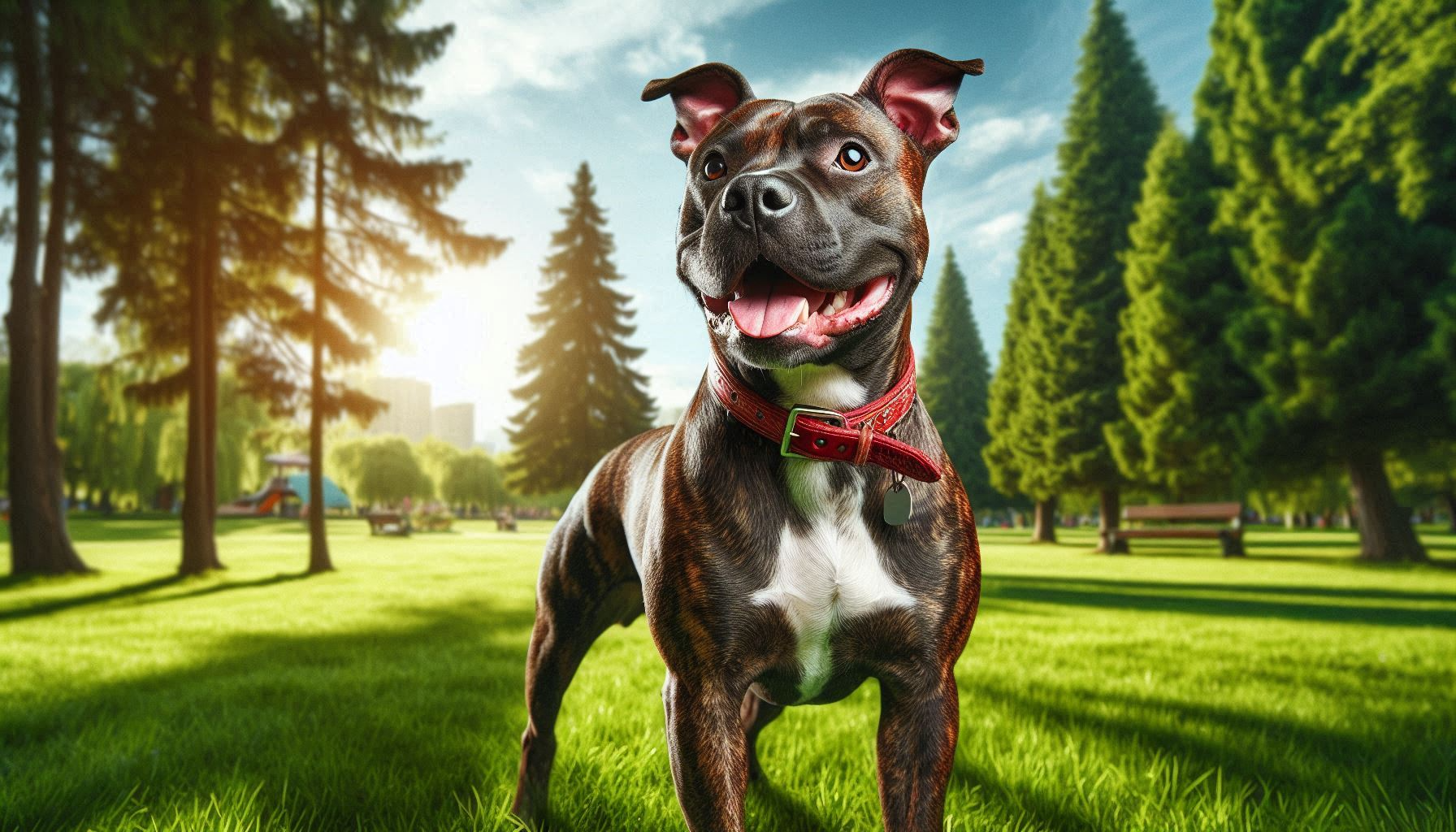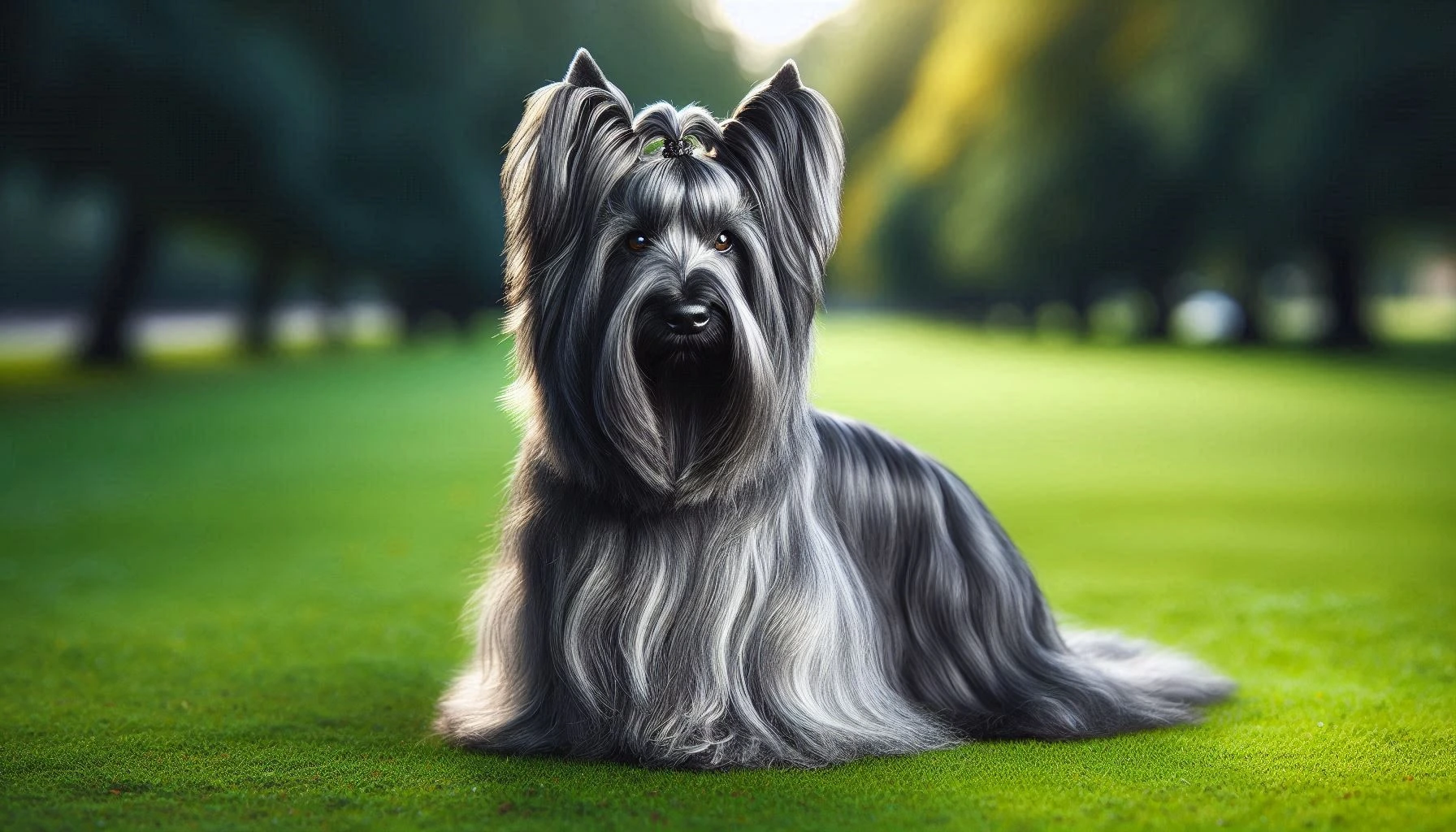Table of Contents
Scottish Terrier Dog Breed
The Scottish Terrier, affectionately known as the “Scottie,” is a small but mighty breed with a distinctive appearance and an equally notable personality. Recognized for their confident demeanor and wiry coat, Scottish Terriers are a popular choice among dog lovers who appreciate a breed with a rich history and a strong sense of loyalty. Known for their independence and intelligence, Scotties are more than just adorable dogs; they are formidable companions that bring both charm and character to any household.
History and Origin

The origins of the Scottish Terrier can be traced back to the rugged landscapes of Scotland, where they were bred to hunt vermin such as rats, foxes, and badgers. Their exact lineage is somewhat shrouded in mystery, but it is believed that the breed was developed in the 17th century. The Scottish Terrier is one of the oldest native dog breeds in Scotland and was originally known as the “Aberdeen Terrier,” named after the city of Aberdeen where they were particularly popular.
In the 19th century, the breed began to gain recognition beyond Scotland, largely due to the efforts of breed enthusiasts who sought to standardize its characteristics. The first breed standard for the Scottish Terrier was established in 1880, and the breed was officially recognized by the American Kennel Club (AKC) in 1885. The Scottish Terrier quickly gained a reputation for its tenacity, courage, and distinctive appearance, making it a favorite among dog owners, including several U.S. presidents like Franklin D. Roosevelt, whose Scottie, Fala, became one of the most famous dogs in history.
Physical Characteristics
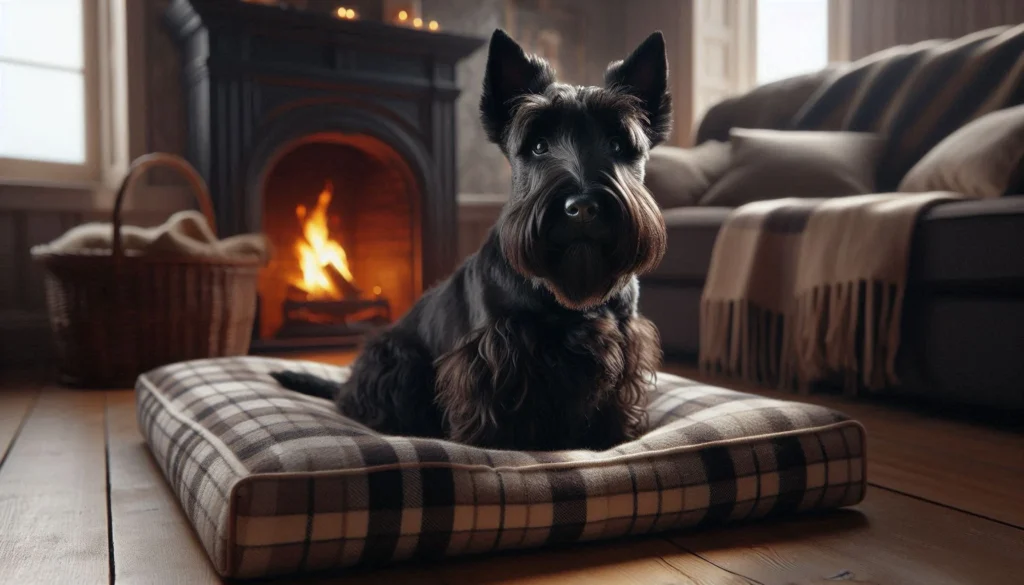
The Scottish Terrier is a small, sturdy dog with a robust and compact build. Despite their small size, they exude an air of confidence and determination that is hard to miss. Here are some key physical characteristics:
- Size: Scotties typically stand between 10 to 11 inches tall at the shoulder and weigh between 18 to 22 pounds.
- Coat: The breed has a double coat, with a dense, soft undercoat and a harsh, wiry outer coat. This coat is weather-resistant, a trait developed to protect them from the harsh Scottish climate.
- Colors: Scottish Terriers come in a variety of colors, including black, brindle, and wheaten. The black Scottie is perhaps the most iconic and recognizable.
- Distinctive Features: Scotties have a rectangular body shape with short legs, a long head, and a pronounced beard, which adds to their dignified and somewhat stern expression. Their eyes are small, almond-shaped, and dark, conveying an intelligent and alert demeanor.
Temperament and Personality
The Scottish Terrier is a dog of strong character. They are known for their independence, often exhibiting a level of self-assurance that belies their small stature. Here’s what you can expect from a typical Scottie:
- Loyalty: Scotties are fiercely loyal to their owners and often form strong bonds with their family members. They are known to be quite protective, making them excellent watchdogs.
- Intelligence: This breed is highly intelligent, which can be both a blessing and a challenge. They are quick learners but can also be stubborn, requiring consistent training.
- Independence: Scotties are known for their independent streak. They enjoy exploring their surroundings and can sometimes exhibit a “my way or the highway” attitude.
- Interaction with People: While they are affectionate with their family, Scottish Terriers can be reserved or aloof with strangers. They are not typically the type of dog to fawn over everyone they meet, preferring instead to maintain a dignified distance.
- Interaction with Children and Other Animals: Scotties can get along well with children, especially if they are raised with them. However, their strong-willed nature means they are best suited to families where the children understand how to interact respectfully with dogs. They can be territorial and may not always get along with other dogs, particularly those of the same sex. Socialization is key to ensuring they coexist peacefully with other pets.
Health and Lifespan
The Scottish Terrier is generally a healthy breed, but like all dogs, they are prone to certain health issues. Some common health concerns for Scotties include:
- Scottie Cramp: This is a hereditary disorder that affects the breed’s ability to walk properly during periods of stress or excitement. It is not painful and doesn’t usually affect their quality of life significantly.
- Von Willebrand’s Disease: A blood clotting disorder that is relatively common in Scottish Terriers.
- Hypothyroidism: A condition where the thyroid gland is underactive, leading to a range of symptoms such as weight gain, lethargy, and skin issues.
- Bladder Cancer: Scotties have a higher incidence of bladder cancer compared to other breeds.
The average lifespan of a Scottish Terrier is 12 to 15 years. To keep your Scottie healthy, it’s essential to maintain regular veterinary check-ups, provide a balanced diet, and ensure they get plenty of exercises.
Care and Grooming

Caring for a Scottish Terrier involves attention to their grooming needs, exercise, and diet:
- Grooming: The Scottish Terrier’s coat requires regular grooming to keep it in top condition. Brushing several times a week is necessary to prevent matting and to maintain the coat’s texture. Many owners opt for professional grooming every few months, which often includes hand-stripping to maintain the coat’s wiry texture. Their distinctive beard and eyebrows also require regular trimming.
- Exercise: Although small, Scottish Terriers are active dogs that need regular exercise to keep them physically and mentally stimulated. Daily walks and playtime are essential. They also enjoy having a secure yard to explore, but be aware that their strong prey drive means they may chase after small animals.
- Diet: A high-quality diet suited to their age, size, and activity level is important for keeping a Scottish Terrier healthy. Be mindful of their tendency to gain weight, and adjust their food intake accordingly.
Training and Socialization
Training a Scottish Terrier can be a rewarding but challenging experience:
- Training: Scotties are intelligent and learn quickly, but their independent nature means they can also be stubborn. Positive reinforcement techniques, such as treats and praise, work best. Consistency and patience are key to successful training.
- Socialization: Early socialization is crucial for Scottish Terriers. Exposing them to a variety of people, environments, and other animals from a young age will help ensure they grow up to be well-rounded dogs. Without proper socialization, they can become overly territorial or shy.
Suitability as a Family Pet

The Scottish Terrier can make a wonderful family pet, but they are best suited to families who understand and appreciate their unique personality traits:
- Living Environment: Scotties are adaptable and can live in both apartments and houses, provided they get enough exercise. However, they do best in a home where they have access to a secure outdoor space to explore.
- Energy Levels: While they have bursts of energy, Scotties are not overly hyperactive. They enjoy a balance of playtime and relaxation, making them well-suited to families who enjoy both outdoor activities and quiet evenings at home.
- Family Suitability: Scotties are loyal and protective, making them excellent companions for families. However, their independent nature means they are not ideal for families looking for a dog that is constantly seeking attention. They thrive in homes where they are treated with respect and where their strong-willed personality is appreciated.
Fun Facts and Trivia
- Presidential Pets: Franklin D. Roosevelt’s Scottish Terrier, Fala, is one of the most famous presidential pets in history. Fala was so beloved that he was mentioned in Roosevelt’s speeches and even had his own press secretary.
- Nicknames: Scottish Terriers are sometimes referred to as “Diehard” because of their determination and persistence.
- Film and Literature: Scotties have appeared in various films and books, often portrayed as brave and loyal companions. They are featured in Disney’s Lady and the Tramp as the character Jock.
Dog Breeds Similar to the Scottish Terrier
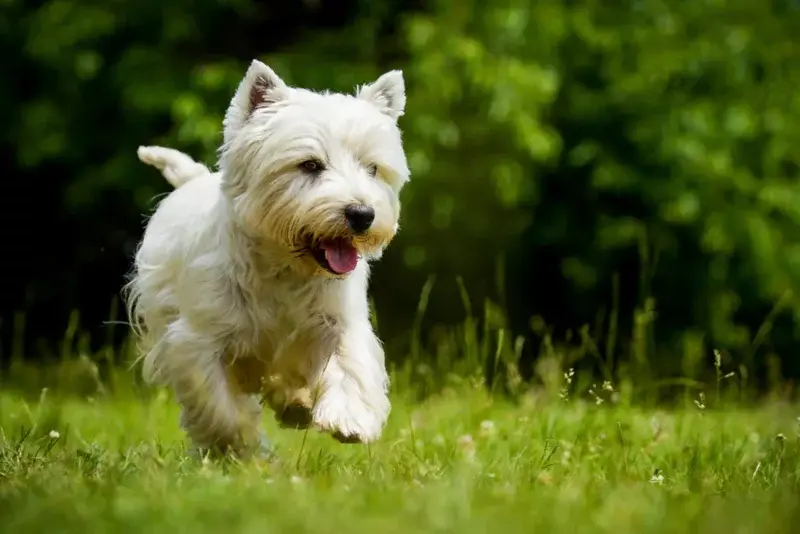

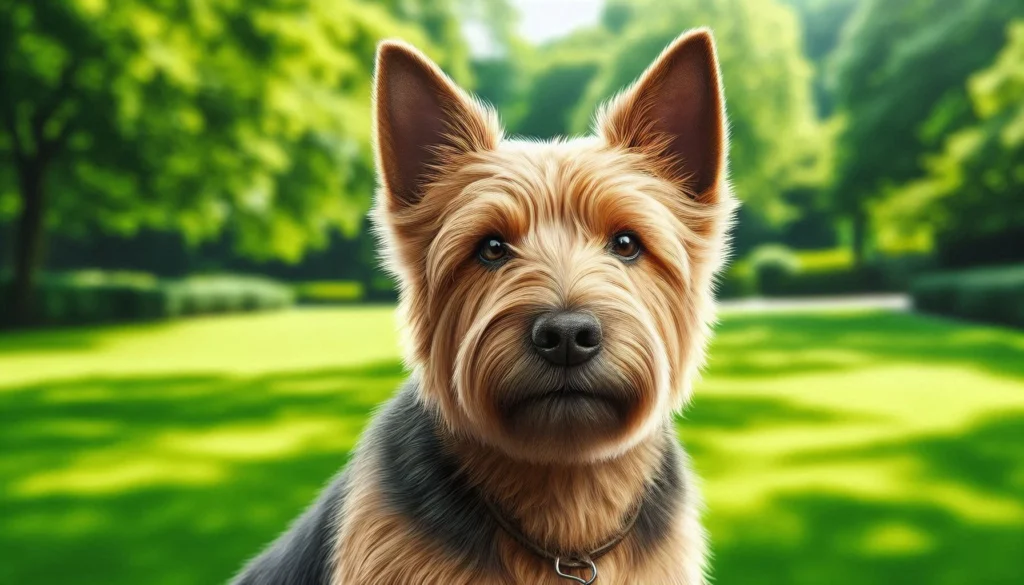
- West Highland White Terrier (Westie):
- The Westie is another breed from Scotland with a similar size and coat type. Like the Scottie, Westies are known for their cheerful disposition and independent nature. They are also excellent hunters and share the same strong-willed personality.
- Cairn Terrier:
- Cairn Terriers are closely related to Scottish Terriers and were originally grouped together before the breeds were separated. They are slightly smaller and lighter than Scotties, but they share the same tenacity and courage. Cairn Terriers are also known for their shaggy coat and playful nature.
- Norwich Terrier:
- Norwich Terriers are small, sturdy dogs with a lively and affectionate personality. They share the Scottish Terrier’s love of digging and have a similar fearless nature. Norwich Terriers are slightly more sociable and less reserved with strangers, making them a good choice for families looking for a friendly and outgoing companion.
Conclusion
The Scottish Terrier is a breed that embodies the best of both worlds: they are loyal and loving companions with a strong, independent spirit. While they may require a bit more patience and understanding than some other breeds, the rewards of owning a Scottie are immense. Whether you’re drawn to their distinctive appearance, their storied history, or their bold personality, the Scottish Terrier is a breed that will bring joy and character to any home.
For those considering adding a Scottie to their family, it’s important to research and prepare for the unique needs of this breed. With proper care, training, and love, a Scottish Terrier can be a devoted and cherished member of your family for many years to come.
FAQ
Is the Scottish Terrier a dangerous dog?
No, the Scottish Terrier is not a dangerous dog. While they can be protective and territorial, they are not typically aggressive. With proper socialization and training, Scotties can be well-mannered and affectionate companions.
Is the Scottish Terrier the best guard dog to protect you or your family?
Scottish Terriers are excellent watchdogs due to their alertness and protective nature. However, they are not large or intimidating enough to be considered true guard dogs. They will alert you to any potential intruders with their bark, but they are not likely to confront a threat physically.
